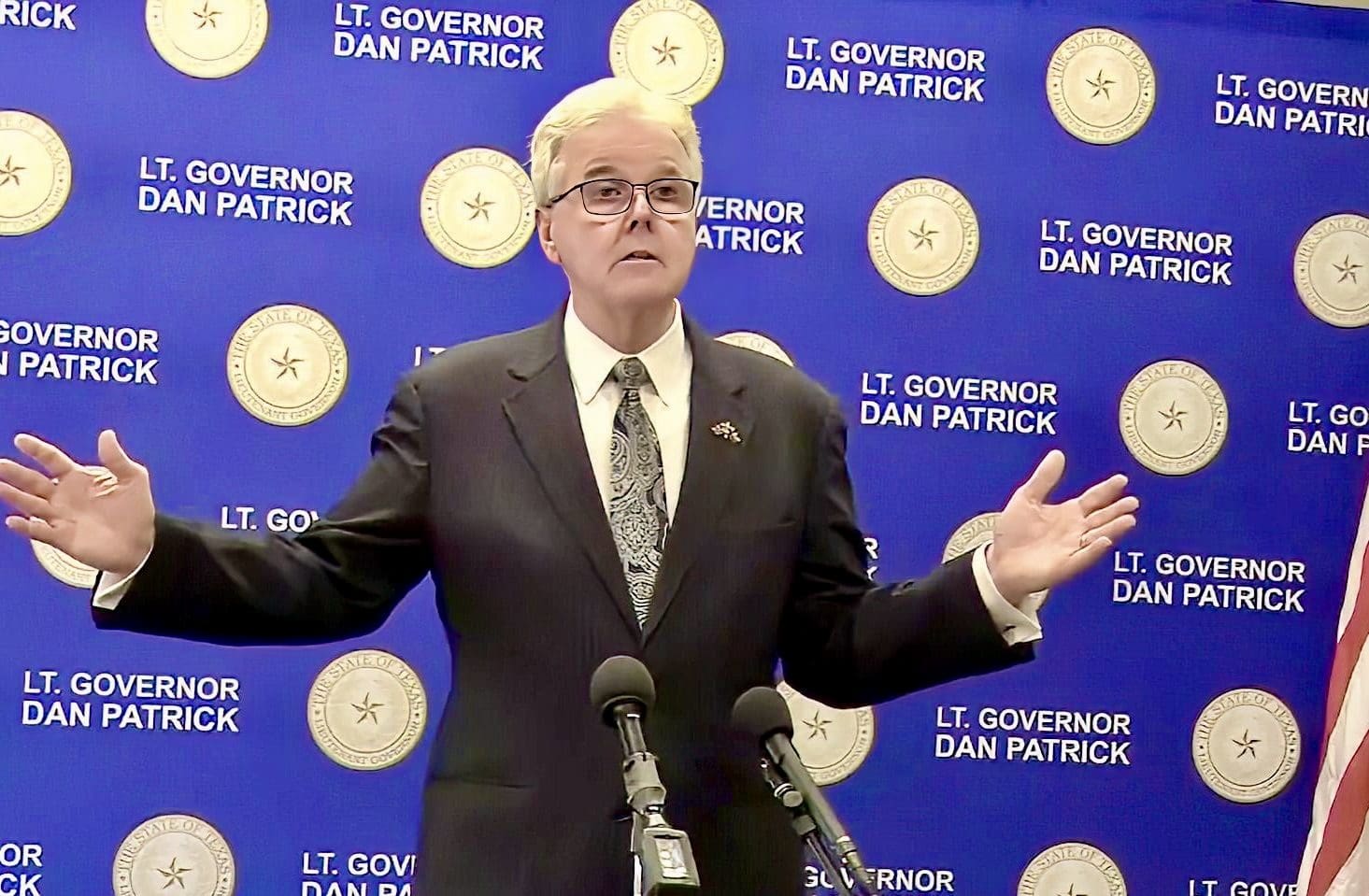Opposition to the Conroe Independent School District’s $807 million bond continues to grow as the public becomes more aware of what the bond package actually contains. Concerned citizens at a recent Montgomery County Tea Party meeting listened to a shocking presentation on the bond by grassroots activist Eric Yollick, who revealed details of why the nearly billion dollar spending package is a complete waste.
Yollick, an attorney and publisher of The Golden Hammer, an online newspaper, described three main arguments against the bond. His arguments are listed below. Even more importantly, he said the district itself wouldn’t say if the $807 million would actually do anything to advance educational goals.
(1) Taxpayers cannot afford the exorbitant cost of the bond,
(2) The demographics do not support the need for a bond, and
(3) The process by which the bond was put together was fundamentally flawed.
His first argument was cost for taxpayers. Yollick said CISD is not only projecting a 3-cent increase in the tax rate over the life of the bonds, but the real cost could be even more. In order to keep the tax rate increase limited to 3 cents, the district is depending on massive appraisal growth to bring in more revenue to pay the bond debt.
Fortunately for CISD, they have the most votes in electing members to the Montgomery Central Appraisal District board and can count on MCAD to keep raising appraisals. The appraisal increases mean that property owners will be seeing an even greater tax increase than merely 3 cents per $100 valuation.
Amazingly, despite the bond being an exorbitant $807 million, the district has not been able to demonstrate how the money would directly improve basic education outcomes. Yollick asked the district in an email what the bond would do to improve education according to four basic metrics: elementary reading, middle school math, high school graduation rates, and percentage of graduates who enroll in college.
CISD’s spokesperson would not respond to Yollick’s question, stating instead that the purpose of the bond was to renovate facilities and accommodate growth.
“There are no metrics for the impact the $807 million bond would have on educational outcomes,” said Yollick.
Yollick’s second argument was that demographics do not support the bond. CISD is claiming that population growth is the reason for the massive bond, so Yollick decided to look at the district’s most recent demographic study. What he found was directly opposite the district’s claims.
According to a statement made by CISD Trustee Skeeter Hubert, the district doesn’t “schedule planning a new building or even rezoning until capacity is 120 percent.” This is in line with most school districts, which don’t build new facilities until current ones are at 120-125 percent capacity.
However, demographic study reveals that the vast majority of CISD schools will not be at 120 percent capacity for at least the next 10 years. One of the main exceptions was the junior high schools, where the demographic projections did not include a new junior high school that is currently under construction.
“If you look at it on a district-wide level, other than for the junior high schools, we never even come close to the 125 percent capacity across the whole district,” said Yollick.
Finally, Yollick took exception with the process that created the bond package in the first place, criticizing the top-down manner in which the Facilities Planning Committee, which developed the bond, was structured.
While many of the members of the FPC actually work for CISD, all of them were selected by the district and were of a similar mindset to district administration. Throughout the process, the FPC essentially rubber stamped what the district wanted.
When the FPC presented its final proposal to the CISD board, it was rammed through with little discussion. CISD Trustee Dale Inman presented a trimmed down substitute bond that only included growth and safety items; however, it failed to get a second and was immediately shot down. The board then voted 6-1 to place the $807 million bond on the ballot, with Inman abstaining.
“This bond package is a lot of money,” said Yollick. “There is no cost basis for this bond package. The demographics do not support the construction that they’re proposing … The entire decision-making process has a real problem. It basically was groupthink.”
Early voting for the CISD bond election starts on April 22, with Election Day on May 4.




